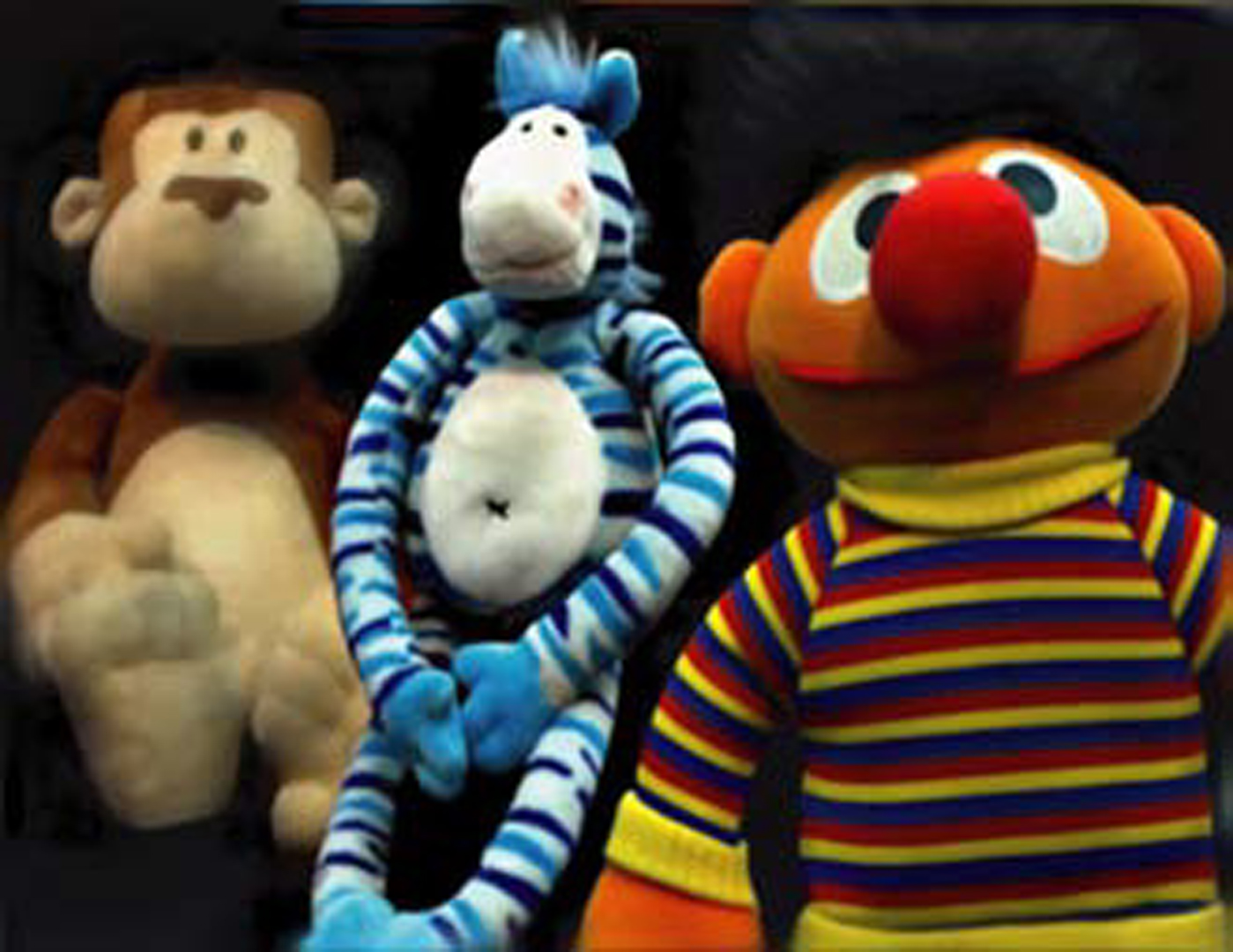“Diffusion coded photography for extended depth of field” by Cossairt, Zhou and Nayar
Conference:
Type(s):
Title:
- Diffusion coded photography for extended depth of field
Presenter(s)/Author(s):
Abstract:
In recent years, several cameras have been introduced which extend depth of field (DOF) by producing a depth-invariant point spread function (PSF). These cameras extend DOF by deblurring a captured image with a single spatially-invariant PSF. For these cameras, the quality of recovered images depends both on the magnitude of the PSF spectrum (MTF) of the camera, and the similarity between PSFs at different depths. While researchers have compared the MTFs of different extended DOF cameras, relatively little attention has been paid to evaluating their depth invariances. In this paper, we compare the depth invariance of several cameras, and introduce a new camera that improves in this regard over existing designs, while still maintaining a good MTF.Our technique utilizes a novel optical element placed in the pupil plane of an imaging system. Whereas previous approaches use optical elements characterized by their amplitude or phase profile, our approach utilizes one whose behavior is characterized by its scattering properties. Such an element is commonly referred to as an optical diffuser, and thus we refer to our new approach as diffusion coding. We show that diffusion coding can be analyzed in a simple and intuitive way by modeling the effect of a diffuser as a kernel in light field space. We provide detailed analysis of diffusion coded cameras and show results from an implementation using a custom designed diffuser.
References:
1. Ashok, A., and Neifeld, M. 2003. Information-based analysis of simple incoherent imaging systems. Opt. Express 11, 18, 2153–2162.Google ScholarCross Ref
2. Ashok, A., and Neifeld, M. A. 2007. Pseudorandom phase masks for superresolution imaging from subpixel shifting. Appl. Opt. 46, 12, 2256–2268.Google ScholarCross Ref
3. Baek, J. 2010. Transfer Efficiency and Depth Invariance in Computational Cameras. In to appear in Proc. ICCP.Google Scholar
4. Caulfield, H. J. 1971. Kinoform Diffusers. In SPIE Conference Series, vol. 25, 111.Google Scholar
5. Chi, W., and George, N. 2001. Electronic imaging using a logarithmic asphere. Opt. Lett. 26, 12, 875–877.Google ScholarCross Ref
6. Dabov, K., Foi, A., Katkovnik, V., and Egiazarian, K. 2008. Image restoration by sparse 3D transform-domain collaborative filtering. In SPIE Conference Series, vol. 6812, 681207.Google Scholar
7. Dowski, E. R., and Cathey, W. T. 1995. Extended depth of field through wave-front coding. Appl. Opt. 34, 11, 1859–1866.Google ScholarCross Ref
8. Durand, F., Holzschuch, N., Soler, C., Chan, E., and Sillion, F. X. 2005. A frequency analysis of light transport. In SIGGRAPH ’05, 1115–1126. Google ScholarDigital Library
9. Freeman, W., Fergus, R., Torralba, A., and Freeman, W. 2006. Random Lens Imaging. MIT CSAIL.Google Scholar
10. García-Guerrero, E. E., Méndez, E. R., Escamilla, H. M., Leskova, T. A., and Maradudin, A. A. 2007. Design and fabrication of random phase diffusers for extending the depth of focus. Opt. Express 15, 3, 910–923.Google ScholarCross Ref
11. Goodman, J. W. 1985. Statistical optics. Wiley series in pure and applied optics.Google Scholar
12. Hasinoff, S., Kutulakos, K., Durand, F., and Freeman, W. 2009. Time-constrained photography. In Proc. ICCV, 1–8.Google Scholar
13. Häusler, G. 1972. A method to increase the depth of focus by two step image processing. Optics Communications 6 (Sep), 38–42.Google ScholarCross Ref
14. Levin, A., Fergus, R., Durand, F., and Freeman, W. T. 2007. Image and depth from a conventional camera with a coded aperture. In SIGGRAPH ’07, 70. Google ScholarDigital Library
15. Levin, A., Hasinoff, S., Green, P., Durand, F., and Freeman, W. T. 2009. 4d frequency analysis of computational cameras for depth of field extension. In SIGGRAPH ’09, 1–14. Google ScholarDigital Library
16. Levoy, M., and Hanrahan, P. 1996. Light field rendering. In SIGGRAPH ’96, 31–42. Google ScholarDigital Library
17. Nagahara, H., Kuthirummal, S., Zhou, C., and Nayar, S. 2008. Flexible Depth of Field Photography. In ECCV ’08, 73. Google ScholarDigital Library
18. Ng, R. 2005. Fourier slice photography. In SIGGRAPH ’05, 735–744. Google ScholarDigital Library
19. Ojeda-Castaneda, J., Landgrave, J. E. A., and Escamilla, H. M. 2005. Annular phase-only mask for high focal depth. Opt. Lett. 30, 13, 1647–1649.Google ScholarCross Ref
20. Sales, T. R. M. 2003. Structured microlens arrays for beam shaping. Optical Engineering 42, 11, 3084–3085.Google ScholarCross Ref
21. Veeraraghavan, A., Raskar, R., Agrawal, A., Mohan, A., and Tumblin, J. 2007. Dappled photography: mask enhanced cameras for heterodyned light fields and coded aperture refocusing. In SIGGRAPH ’07, 69. Google ScholarDigital Library
22. Zhou, C., and Nayar, S. 2009. What are Good Apertures for Defocus Deblurring? In ICCP ’09.Google Scholar




